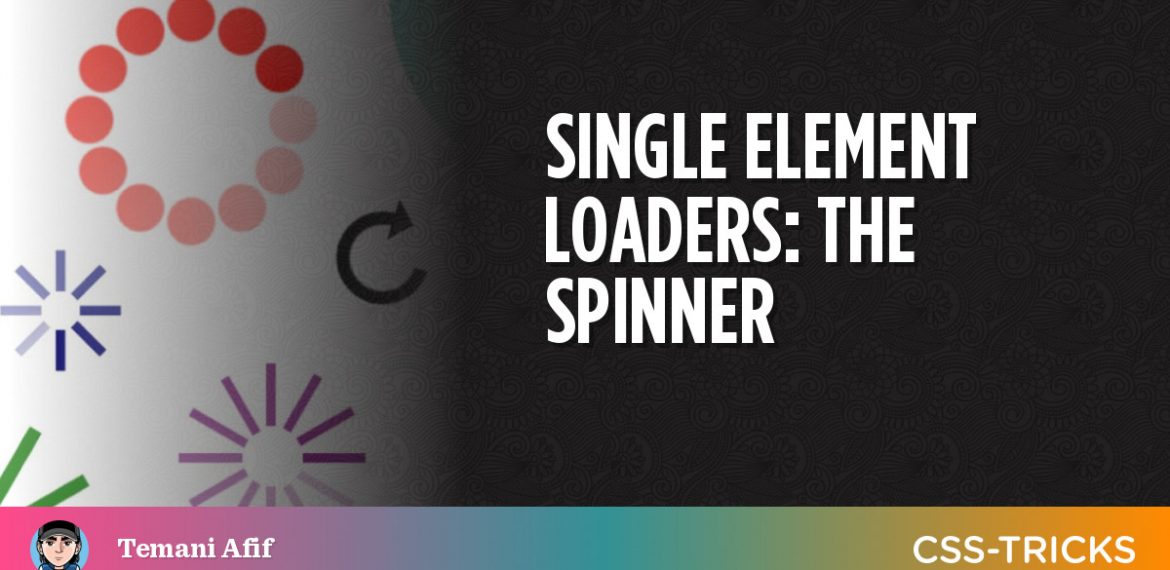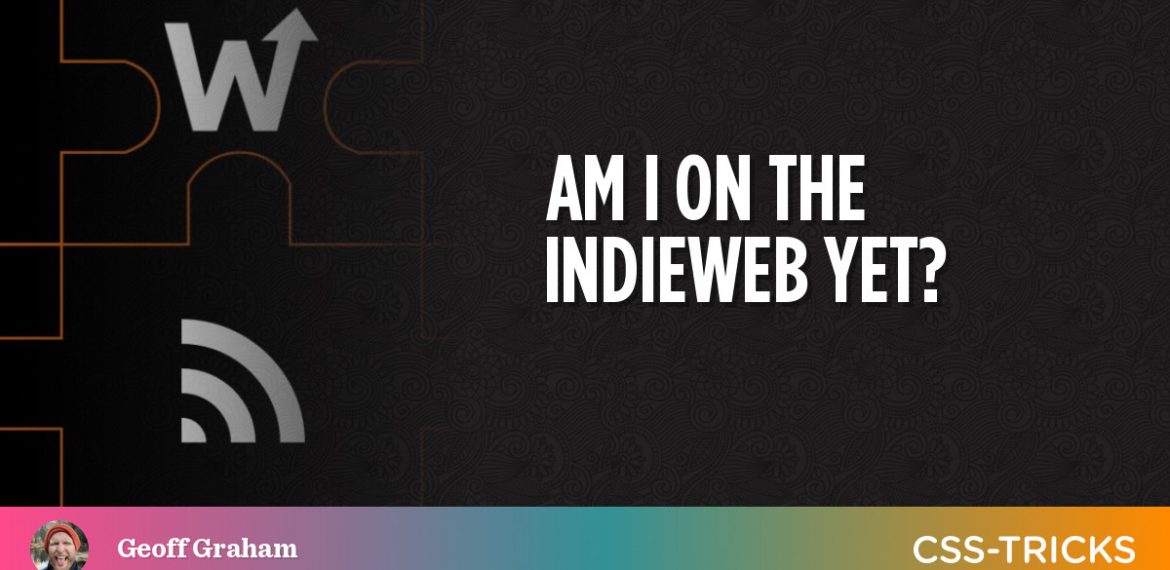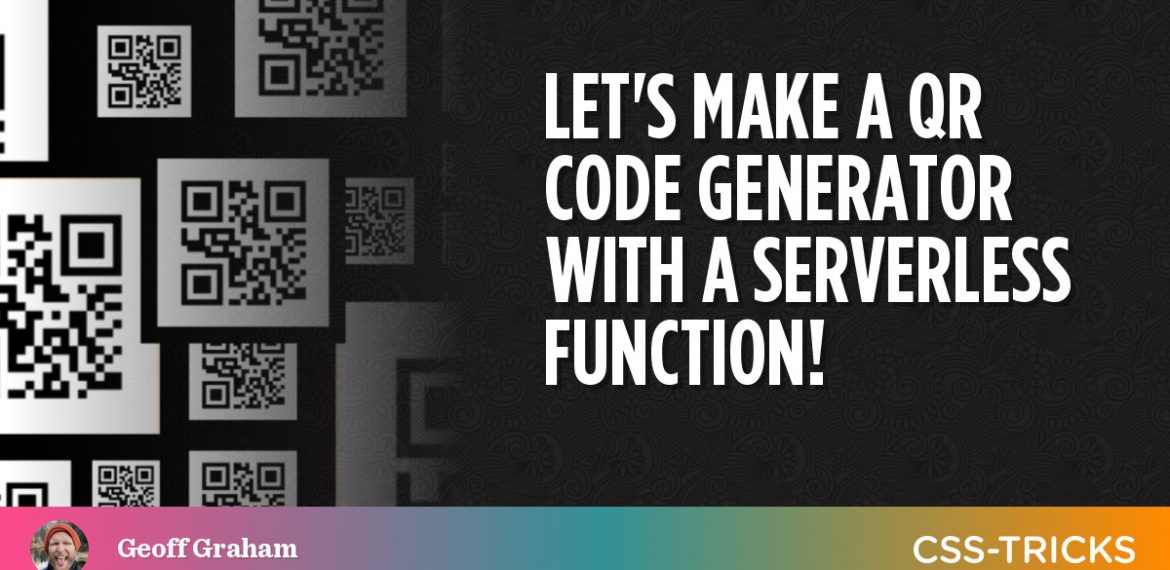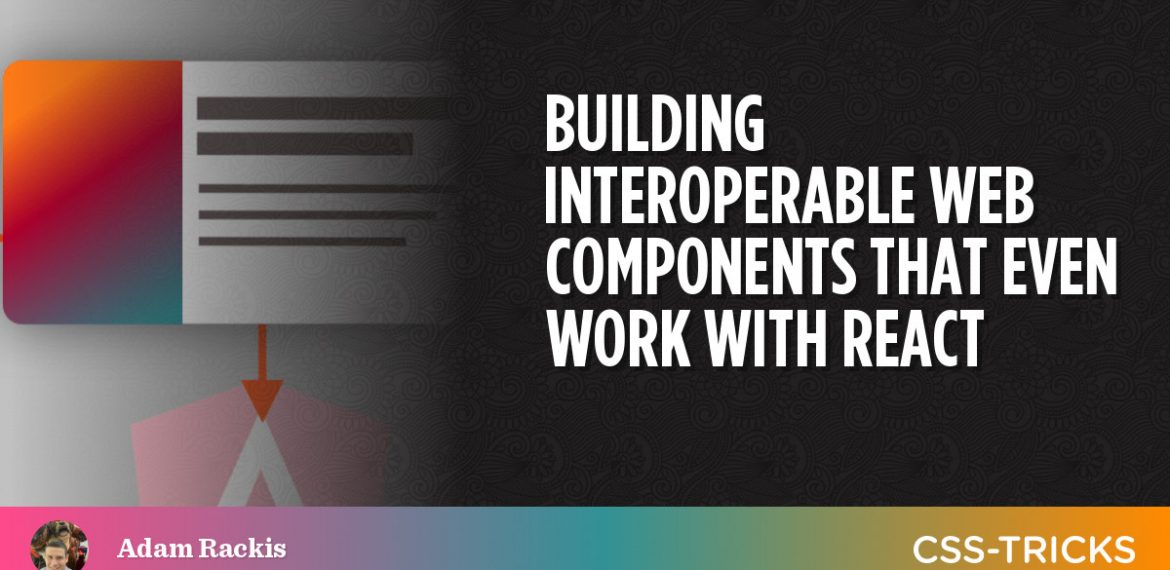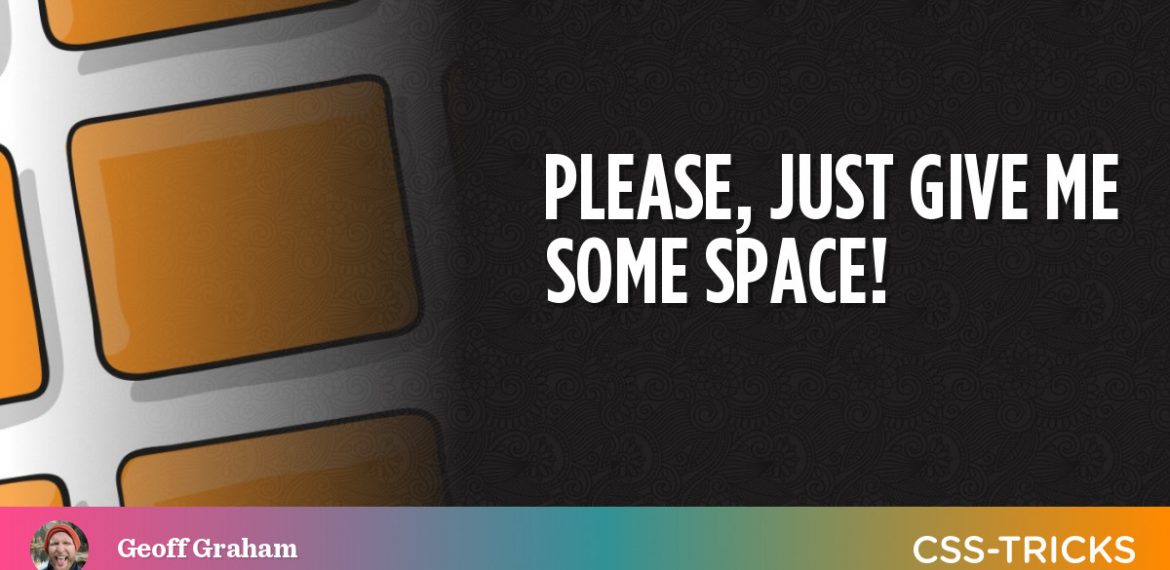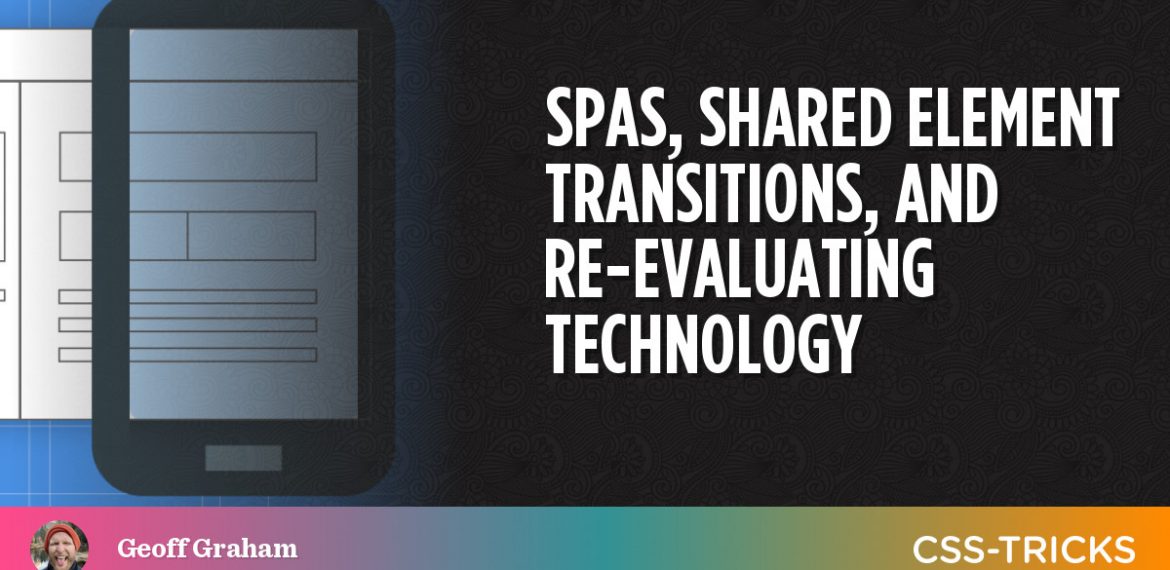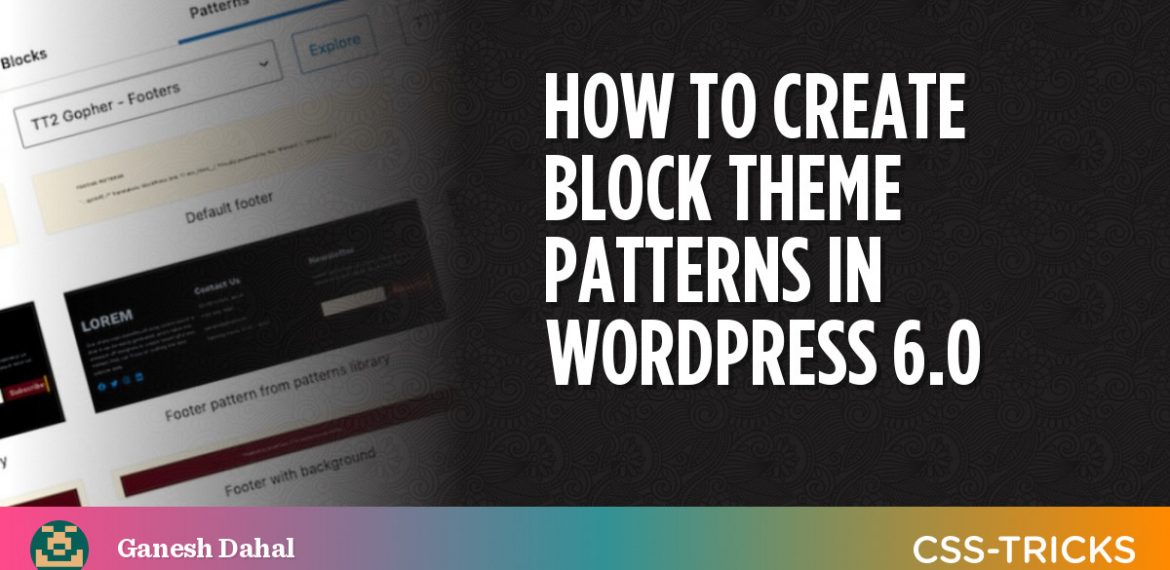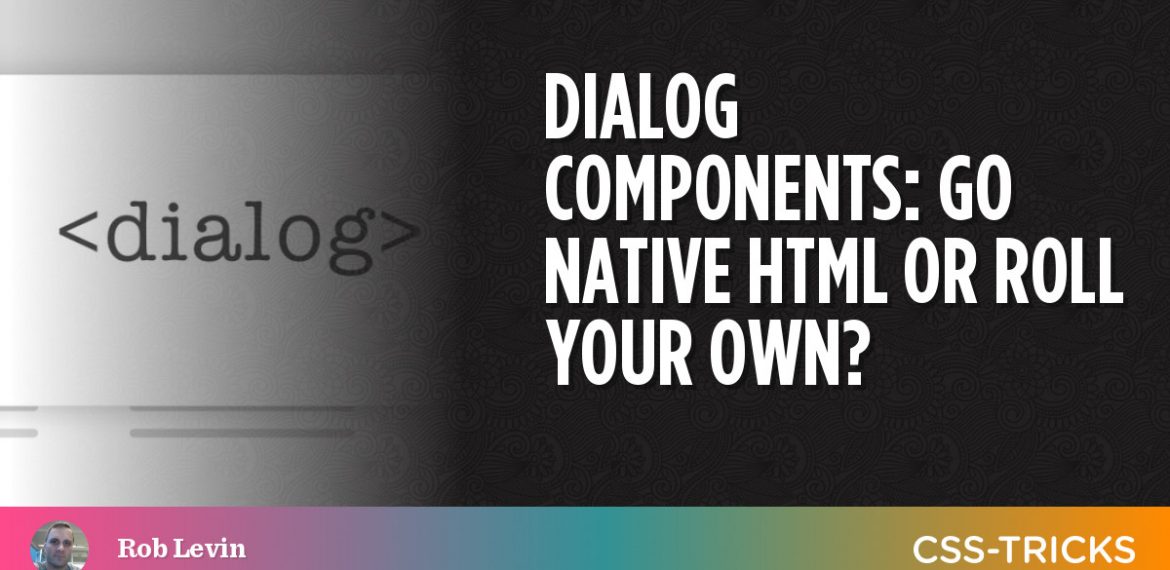Single Element Loaders: The Spinner | CSS-Tricks
Making CSS-only loaders is one of my favorite tasks. It’s always satisfying to look at those infinite animations. And, of course, there are lots of techniques and approaches to make them — no need to look further than CodePen to see just how many. In this article, though, we will see how to make a single element loader writing as little code as possible. I have made a collection of

